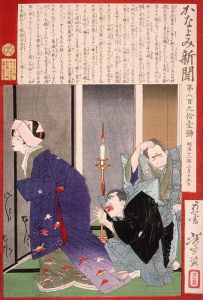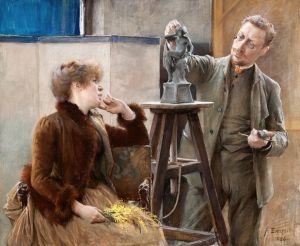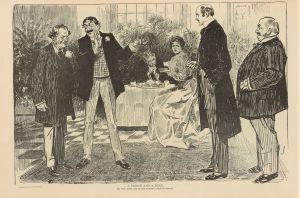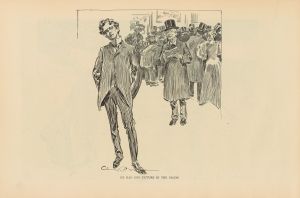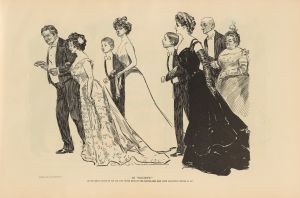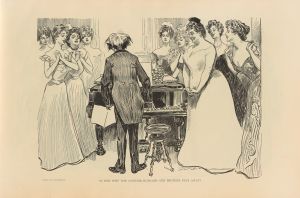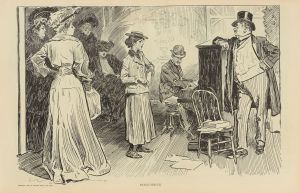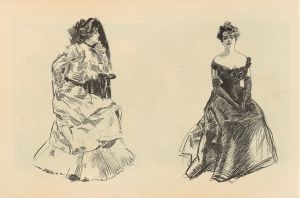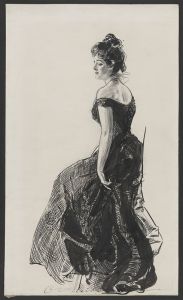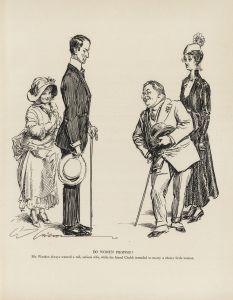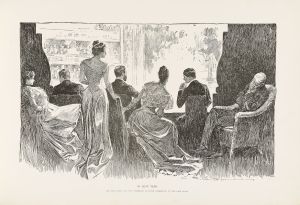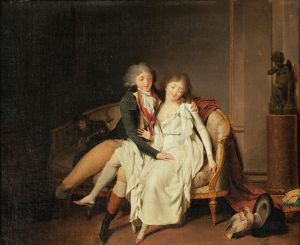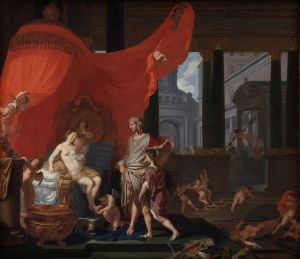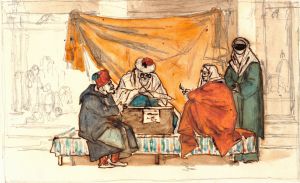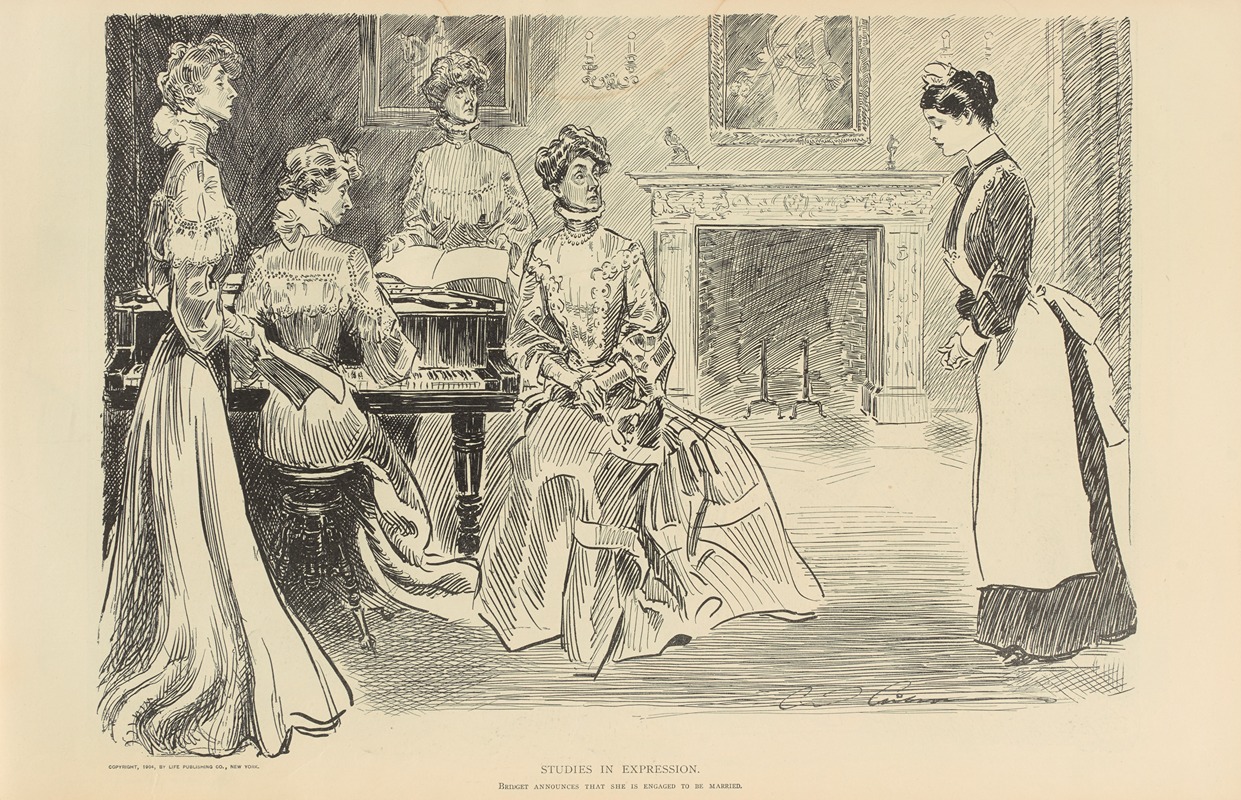
Studies in expression. Bridget announces that she is engaged to be married
A hand-painted replica of Charles Dana Gibson’s masterpiece Studies in expression. Bridget announces that she is engaged to be married, meticulously crafted by professional artists to capture the true essence of the original. Each piece is created with museum-quality canvas and rare mineral pigments, carefully painted by experienced artists with delicate brushstrokes and rich, layered colors to perfectly recreate the texture of the original artwork. Unlike machine-printed reproductions, this hand-painted version brings the painting to life, infused with the artist’s emotions and skill in every stroke. Whether for personal collection or home decoration, it instantly elevates the artistic atmosphere of any space.
"Studies in Expression: Bridget Announces That She Is Engaged to Be Married" is an illustration by the renowned American artist Charles Dana Gibson, created in the late 19th or early 20th century. Gibson is best known for his creation of the "Gibson Girl," an iconic representation of the American woman that became a cultural phenomenon during the Gilded Age and Progressive Era. His illustrations were widely published in magazines such as Life, Collier's, and Harper's Weekly, and they captured the social dynamics and fashions of the time.
The illustration "Studies in Expression: Bridget Announces That She Is Engaged to Be Married" is part of a series where Gibson explored the subtleties of human expression and social interaction. This particular work focuses on the reactions of a group of women upon hearing the news of Bridget's engagement. Gibson's keen eye for detail and his ability to capture the nuances of facial expressions are evident in this piece, as each character in the illustration displays a distinct emotional response, ranging from surprise and delight to skepticism and envy.
Gibson's work often commented on the social norms and expectations of his era, and this illustration is no exception. The scene likely reflects the societal importance placed on marriage and the varied reactions such news could elicit among peers. The characters' attire and setting also provide insight into the fashion and domestic environments of the upper-middle-class society at the time, which were common themes in Gibson's work.
Charles Dana Gibson's illustrations were not only artistic achievements but also social commentaries. They offered a window into the lives and attitudes of the American people during a period of significant change. The "Gibson Girl" became a symbol of the new, independent woman, and while "Studies in Expression" does not feature the archetypal Gibson Girl, it shares the same attention to the evolving roles and perceptions of women in society.
Gibson's influence extended beyond his illustrations; he played a significant role in shaping the visual culture of his time. His work was highly popular and widely circulated, making him one of the most successful illustrators of his era. The "Gibson Girl" and his other works left a lasting impact on American art and culture, influencing fashion, advertising, and the portrayal of women in media for decades.
"Studies in Expression: Bridget Announces That She Is Engaged to Be Married" remains a testament to Gibson's skill in capturing the complexities of human emotion and the social fabric of his time. His ability to blend humor, insight, and artistic talent continues to be celebrated and studied by art historians and enthusiasts alike.





